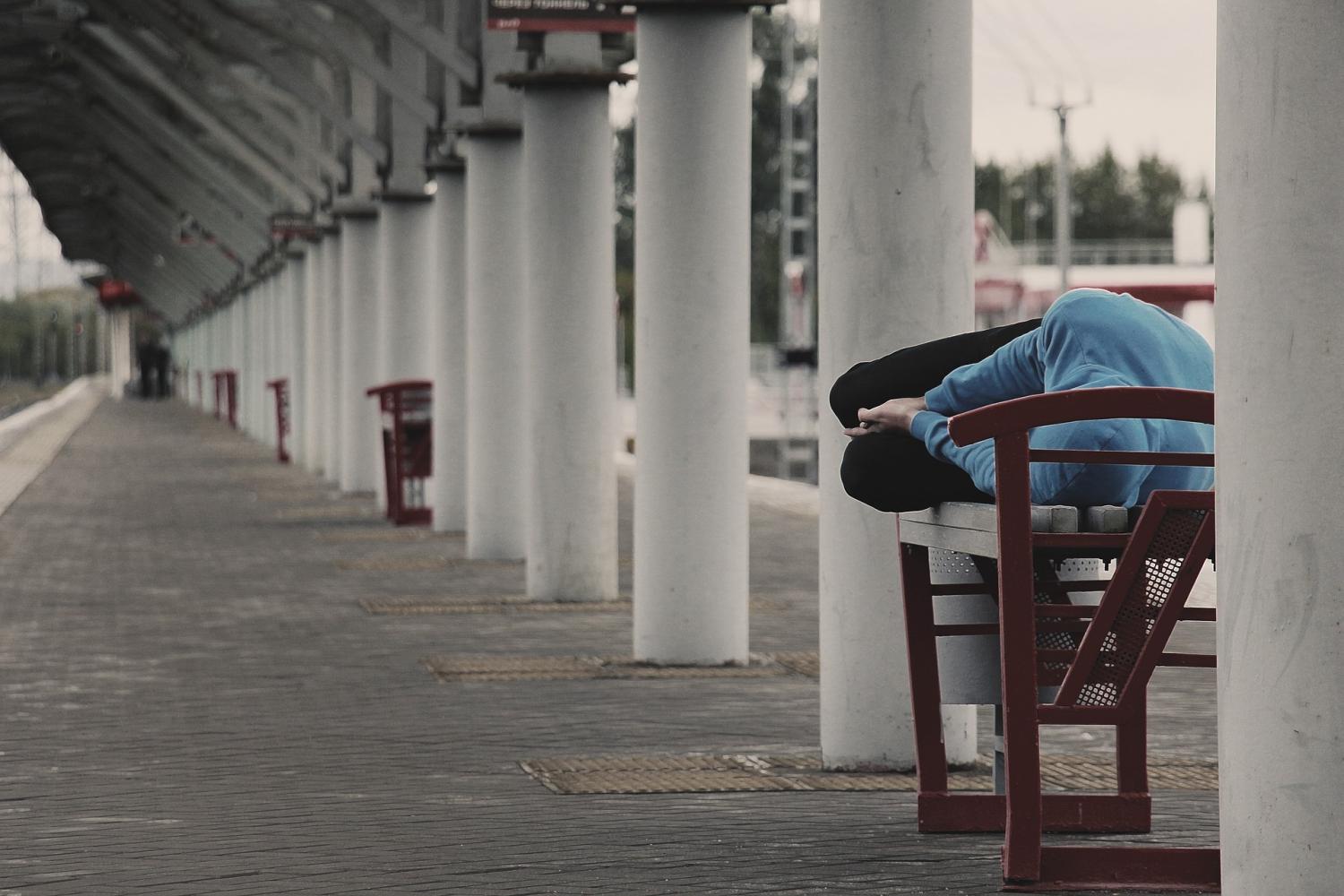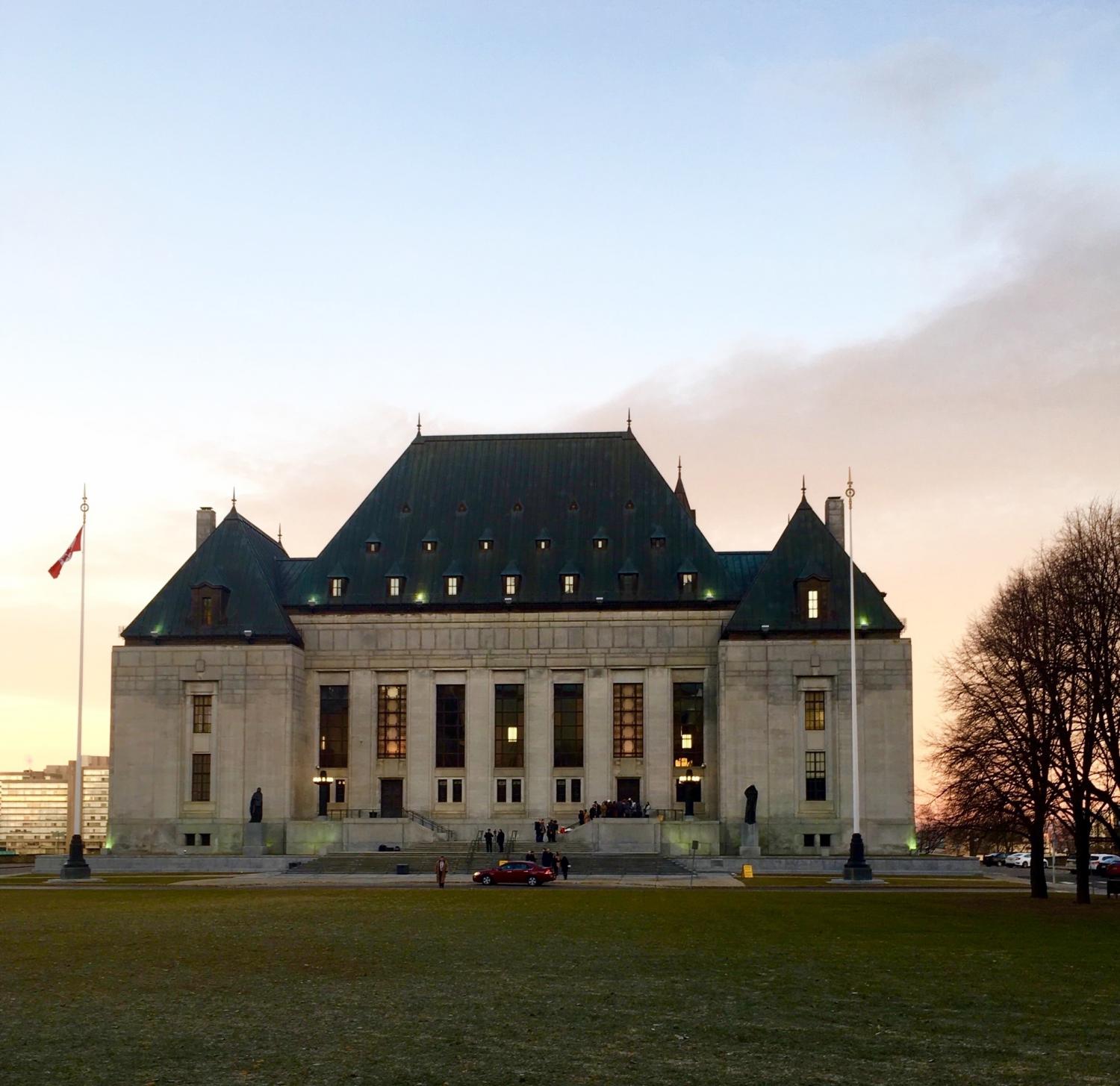
Why “King for a Day” approaches to homelessness don’t work
By Vivian Tam
Three years ago, I set out for clinic on the kind of morning like those we’ve been having in Toronto lately, where even the hair in your nostrils freezes with each breath. I had walked about two intersections before I realized my fingers were stiff from cold — of course, I had chosen that day to forget my gloves.
So, I walked into one of the many stores lining Yonge street and quickly emerged with two pairs of mittens, courtesy of a “buy one get one free” discount. When I left the store, I came across an individual sleeping on the street covered only with a thin blanket.
Snow was falling and he looked cold. Feeling the extra mittens in my bag, I offered them to him. His response has stayed with me ever since; he said, “Well, doesn’t everyone like to be king for a day.”
Initially, I was stunned. I had only meant to do what I could, with the resources I had, in the place that I was in.
But I realized he had articulated a valuable truth, that as a society, we’ve gotten really good at the “king for a day” solutions. For the chronically homeless or underhoused, this has meant that over successive winters we have temporarily increased shelter capacity. Just recently, the city of Toronto has also heeded the call resounding on social media to #OpenTheArmouries to facilitate additional shelter space.
For many citizens using Toronto’s at-capacity shelter systems, respite takes the form of a sleeping mat on the floor.
But while this reactive approach is necessary to address crises, it is no longer enough. If we are serious about ending homelessness, we need to institute long-term solutions and to invest in a public health, preventive approach to homelessness.
We need an approach that targets the milieu of causative factors (primary prevention), supports those who are at risk of or newly experiencing homelessness (secondary prevention) and addresses those who experience chronic homelessness (tertiary prevention), in equal measure.
This past November, the federal government launched a $40 billion National Housing Strategy that aspires to a 50 per cent reduction in chronic homelessness over the next 10 years. The strategy will create and repair housing units and involve the development of a $4-billion housing benefit, set to launch in 2020.
Such a strategy is a welcome sign of emerging progress. But a National Housing Strategy will only succeed if we also commit to addressing the factors that make individuals vulnerable to homelessness in the first place.
Previous long-standing federal divestment in affordable housing is one such cause. However, systemic issues, including poverty, racism, discrimination, inadequate mental health supports, domestic violence and a history of colonialism confronting disenfranchised individuals and populations are also directly contributory.
The solutions we develop must therefore seek to address the specific needs of those we are trying to serve. The face of Canadians experiencing homelessness (approximately 200,000 individuals per year) is becoming increasingly diverse, with mounting representation from those with mental health concerns, adults with intellectual disabilities, women, newcomers to Canada, youth, the LGBTQ+ and Indigenous peoples.
There is sound evidence that strategies like Housing First are both effective, cost efficient and can be tailored to well support the unique needs of groups from youth to veterans. A Housing First approach couples immediate access to housing for those with mental health concerns or other specific needs, with a recovery-oriented approach that focuses on social and community integration.
Implementation of Housing First in cities including Moncton, Toronto, Montreal, Winnipeg and Vancouver have demonstrated unequivocally that individuals are more likely to remain housed and experience improved overall well-being as a result.
In addition to targeting housing strategies to the populations served, a focus on primary prevention of homelessness must remain a priority. Redressing these systemic factors will entail a collective effort across sectors of government, but an initial step for policymakers will be to take an incremental approach, and to recognize the impact of structural injustice on an individual’s ability to retain stable housing.
It’s time to develop solutions that address the causes and consequences of homelessness as a whole. Anyone experiencing, or vulnerable to homelessness in Canada, deserves to be supported by a system that is responsive to their concerns year-round and not just when we are galvanized by acute need.
Vivian Tam is the Ontario Medical Students Association (OMSA) Director of Representation and a Student Expert with EvidenceNetwork.ca. She is finishing her final year of medical school at McMaster University.












